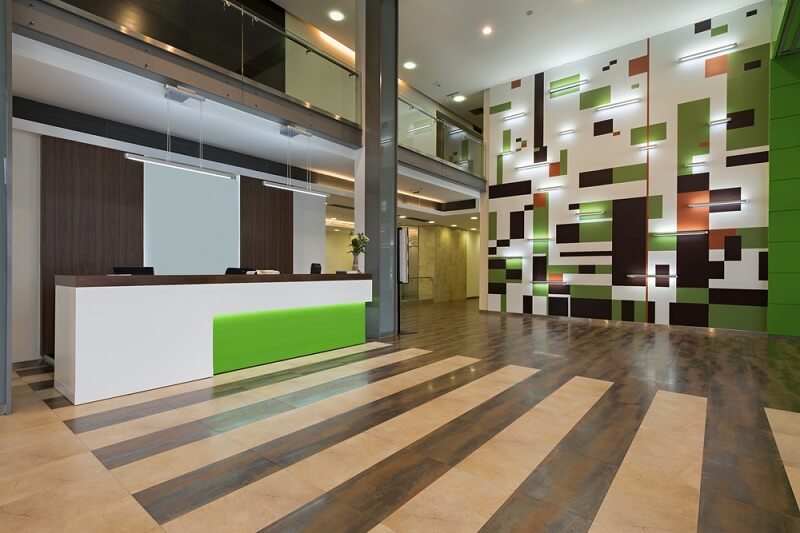To give your guests, event planners, and attendees, staff, and any other hotel guest an amazing and memorable experience, you need to get your hotel's interior right. The design of your hotels should epitomize, among other things, the audience you want to attract, the virtues of your brand, the local environment, and the amenities that you provide. Here's a look at some of the interior design best practices as well as their industry-leading examples.
-
Focus on Specific Aspects
Great hotel design focuses on particular elements that are central to a given establishment's goals. Before you settle on a particular design, you should explore the following questions:
- Who are you targeting?
- What does your core audience expect from your brand and property?
- How can you visually represent your brand's promise?
The answers to these questions should inform your design choices on the theme, furnishings, fixtures, colors, artwork, and more.
-
Form Should Align with Function
The need for an aesthetically appealing design shouldn't outweigh functionality, especially when it comes to guest rooms. Ensure that your guests can intuitively use everything in the room, from door handles to faucets and switches. Here are some of the aspects you should keep in mind if you want to blend form with function:
- The lobby area should be accessible to all, including guests who have mobility issues
- Seating areas should be well lit and comfortable
- Use durable flooring in high-traffic areas
- Use signage to ease navigation
- Choose colors that suit the layout
-
Get Inspiration from Your Surroundings
Guests choose to visit and stay in a particular locality for a reason, whether it's pleasure or business. Ensure you include elements from your local topography and community in your design. These can take the form of building materials, architectural elements, period styles, color schemes, décor pieces that reference the destination, artwork from local artists such as in Renaissance Hotels. A good example of a hotel that reflects its environment is the Arizona-based Ambiente. The landscape hotel is surrounded by the Coconino National Forest, a protected area. With that backdrop, the hotel takes an eco-friendly and stainable approach to its design. One of the key elements of its design is bronze-tinted floor-to-ceiling glass blended with rusted and matte-charcoal metal. At twilight, the glass reflects the stunning nature that surrounds the hotel creating awe-inspiring, mirrored silhouettes.
-
Work with Professionals
Getting your design right is so essential, so it's imprudent to take the DIY route instead of working with contractors who have experience and an appreciation of what it takes to execute hospitality projects.
At
Parkwest General Contractors, we will use our extensive experience to execute your project with minimal impact on your business operations. Reach out to us today.



